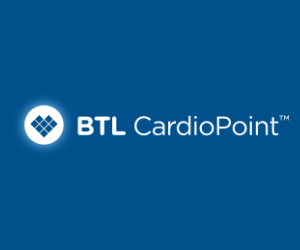A modern approach to the treatment of atrial fibrillation
The increase in the prevalence of atrial fibrillation poses a growing medical challenge due to the aging population and its large impact on patient’s quality of life, morbidity and mortality. At the same time, knowledge about this rhythm disorder, its causes and possible treatments is also growing. New insights call into a question older viewpoints regarding the equal value of rhythm control and rate control strategies. Early detection and treatment of atrial fibrillation could lead to better outcomes in terms of morbidity and mortality. Modern methods of rhythm control, such as catheter ablation, are also available. The golden standard in the ablation of atrial fibrillation is the isolation of the pulmonary veins, but despite the relatively good results, existing ablation technologies involve significant recurrence rates and potential serious complications. However, new technologies (new energy sources) that promise better efficiency and a better safety are also being developed. Great efforts are being made to investigate better ablation modalities in patients with persistent forms of the disease, an area where the long-term results of interventional treatment are modest.
Key words:
atrial fibrillation; treatment; pulmonary vein isolation; cryoballoon ablation; radiofrequency ablation





